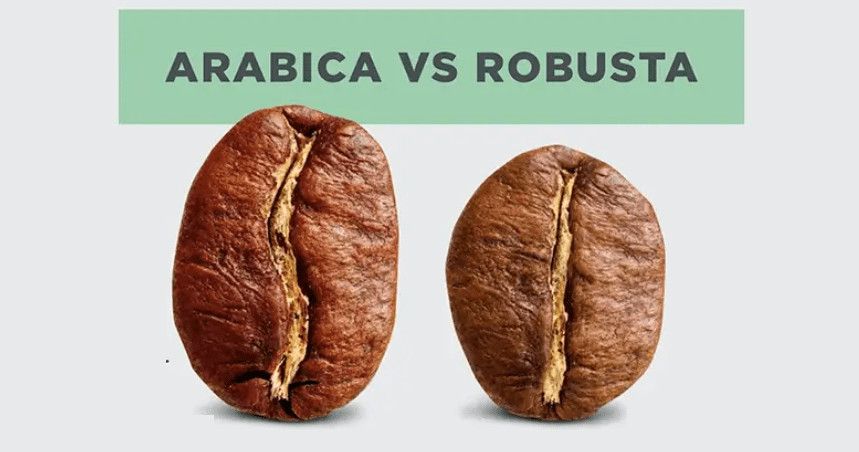In the collective imagination and especially in front of a supermarket shelf, a 100% Arabica coffee is by definition better and of higher quality than a robusta blend. 100% false. And yet in front of a supermarket shelf, watching a TV spot and in the collective imagination, Arabica is synonymous with quality…
Is that the magic of marketing?
We, who had taken as our starting point the hypothesis that the answer was positive, partly changed our minds by talking to someone who knows a little about advertising, but who on the other hand knows a lot about grain, roasts and origins, we talk about.
Francesco Varetto, Caffè Vergnano’s Production Manager .
“The truth is that it’s just a matter of taste and coffee quality.
The quality of the coffee actually depends on many factors, such as year and type of harvest (manual or mechanical), the preparation, the transport, which can take place in bags or in tanks, but not varieties, which on the contrary just give a different taste ”.
Origin of production
Coffea arabica is a more delicate plant that grows at greater heights and guarantees lower resistance compared to the variety Coffea Canephora , which is called Robusta precisely for its properties with greater power and for the presence of almost double caffeine. But this is not a sign of inferior or superior quality.
There are premium Arabicas, hand-harvested, selected, and excellent, as there are others that are less good from a qualitative point of view because they are derived from coffee cherries harvested from the ground, overripe or almost soft or at least, from grains that do not is selected. Capiroyal Robusta from India, for example, represents the opposite. an example of Robusta coffee of very high quality: it is harvested by hand, controlled bean by bean, selected by size and colour, and as a result gives a coffee of very high quality with spicy notes, vanilla, pepper, very complex. When we taste Capiroyal, the drinker prefers it in 90% of cases over any other Arabica.
The perfect mix
Arabicas are generally softer and more delicate, Robustaer are richer in wood, more astringent and have more “body”.
A notable difference also relates to the appearance and consistency of the cream obtained from the different species: the robusta swells the cream, which thus appears more frothy and more grey, while the 100% Arabica espresso has a finer cream. , reddish, almost Moorish head, very dense and often compact.
The combination of the mixtures results in a compact, dense and thicker cream, which is why the bar mixtures contain 20% Robusta. “ Espresso1882® Arabica capsules also contain a pinch of Robusta: it serves to enhance the cream in a natural way, giving flavour and a touch of spice and vanilla.
Geographical taste
So why do we rely more on 100% Arabica? This is not only a marketing reason, yes, in the homes of Italians, most of whom are lovers of the old expensive mocha pot, but there is also a tendency to consume 100% Arabica because its milder taste suits their palate more, a little used for woody, more bitter and spicy taste. For the Neapolitan coffee machine, but more generally throughout the South, we prefer richer coffee blends of Robusta, with more roasted beans, and we drink the coffee more bitter.
Finally, in Northern Europe, lighter roasts with fruit and honey aromas are preferred: the French press is the perfect solution for this type of blend and to achieve a soft and sour coffee, with an absolute dominance of Arabica coffee.



Comments are closed.